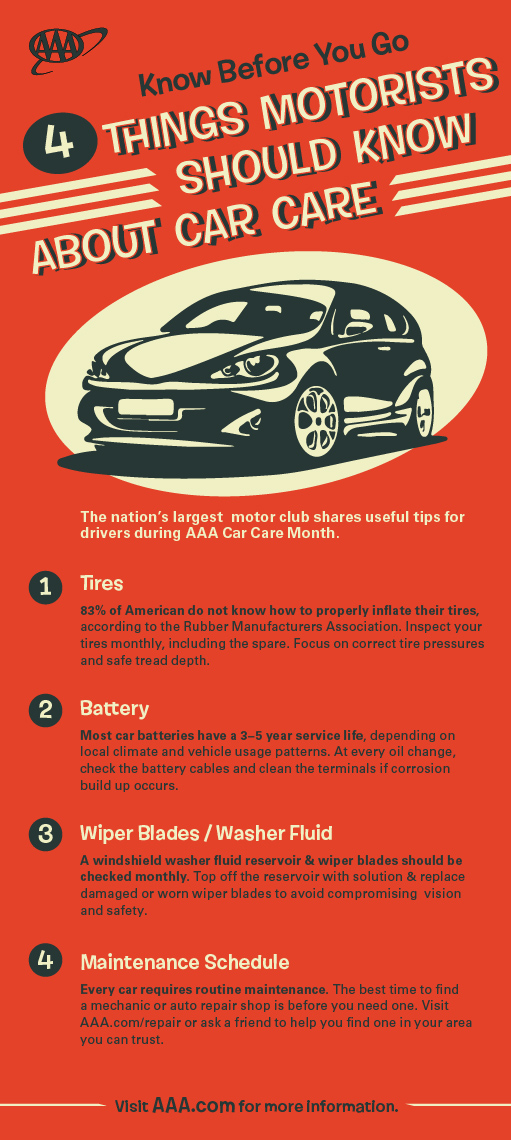Comprehending Your Auto'S Warning Lighting: What Do They Truly Mean?
Comprehending Your Auto'S Warning Lighting: What Do They Truly Mean?
Blog Article
Material Writer-Faulkner Gilbert
When you're behind the wheel, those glowing warning lights on your control panel can be a little bit complicated. Do you understand what they're trying to inform you regarding your car's health? Recognizing the value of these lights is vital for your safety and security and the durability of your automobile. So, Learn Alot more among those lights turns up, would not you intend to understand its message accurately and take the needed steps to resolve it?
Common Caution Lighting and Interpretations
Recognize usual warning lights in your car and comprehend their definitions to ensure risk-free driving.
The most typical caution lights include the check engine light, which indicates concerns with the engine or exhausts system. If this light comes on, it's important to have your automobile inspected without delay.
The oil stress advising light shows low oil stress, needing immediate focus to prevent engine damage.
A flashing battery light may suggest a damaged charging system, possibly leaving you stranded otherwise attended to.
The tire stress monitoring system (TPMS) light informs you to low tire pressure, affecting automobile security and fuel effectiveness. Disregarding this can cause harmful driving conditions.
The abdominal light shows an issue with the anti-lock stopping system, jeopardizing your ability to quit swiftly in emergencies.
Last but not least, the coolant temperature level advising light warns of engine overheating, which can lead to severe damages otherwise dealt with quickly.
Recognizing these usual warning lights will aid you attend to problems immediately and preserve safe driving problems.
Relevance of Prompt Attention
Comprehending the usual caution lights in your cars and truck is just the very first step; the importance of without delay dealing with these warnings can't be stressed enough to guarantee your safety and security when driving.
When a caution light brightens on your dashboard, it's your cars and truck's means of connecting a possible concern that requires interest. Ignoring these cautions can bring about a lot more extreme troubles later on, jeopardizing your safety and possibly costing you more in repairs.
https://www.autoserviceworld.com/paid-the-boom-of-automotive-diy/ to warning lights can avoid break downs and crashes. As an example, a blinking check engine light could indicate a misfire that, if left neglected, might cause damage to the catalytic converter. Resolving this quickly can conserve you from a pricey repair.
In a similar way, a brake system alerting light might signify reduced brake liquid or used brake pads, vital elements for your safety and security when driving.
Do It Yourself Troubleshooting Tips
If you discover a warning light on your control panel, there are a few DIY troubleshooting ideas you can attempt before looking for expert aid.
The first step is to consult your vehicle's manual to understand what the specific warning light indicates. Often the issue can be as simple as a loose gas cap activating the check engine light. Tightening the gas cap may fix the trouble.
Another usual problem is a reduced battery, which can set off different alerting lights. Checking https://oil-change-services51728.bloggerswise.com/39205967/mobile-auto-explaining-convenience-fulfills-high-quality-for-your-car for rust and ensuring they're protected might fix the trouble.
If a warning light persists, you can attempt resetting it by disconnecting the car's battery for a couple of minutes and after that reconnecting it. Additionally, examining your car's fluid levels, such as oil, coolant, and brake liquid, can assist fix cautioning lights related to these systems.
Final thought
Finally, understanding your car's warning lights is vital for keeping your automobile running smoothly and safely. By promptly resolving these signals and understanding what they suggest, you can stay clear of expensive repair services and potential break downs.
Remember to consult your vehicle's manual for certain details on each alerting light and do something about it appropriately to ensure a hassle-free driving experience.
Keep informed, remain risk-free on the road!
